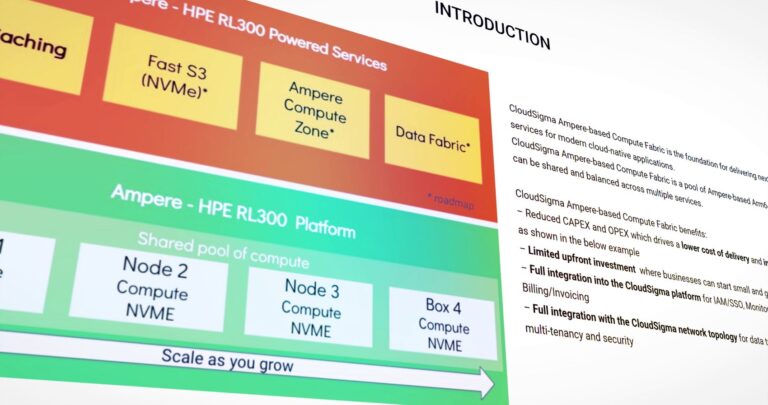A quiet revolution is brewing as a compelling stack of apps and tools promises to unleash the full power of multi-cloud computing
Sometimes we can all see change coming but, at other times, changes sneak up on us. I believe that we are currently witnessing a quiet revolution in the way we manage and deploy IT assets. Get ahead of the curve and you will be well positioned to make sharp career advances and serve your organisation optimally.
Previous realignments of the IT order came well signposted and necessitated major change programmes. Consider the investments we made as the 1980s became the 1990s for client/server or, 20 years later, for SaaS and public cloud. On both occasions, we went through the gears of procurement, financing and reskilling to capitalise and to modernise our IT architectures. Today, however, the revolution promises to be a near-seamless transition that, mercifully, doesn’t require the major investments and strategic change management of earlier about-turns. Most outside of IT won’t even notice that it is occurring and there will be little explanation needed to persuade purse holders and powerbrokers in the organisation of the benefits.
But the opportunities are radical nonetheless. We’re talking about true portability of workloads (cloud-to-cloud or cloud to on-prem and vice-versa) without refactoring. And, more broadly, there will be the ability to deliver the sorts of flexibility that business leaders have always wanted from their IT chiefs.
OK, so what specifically are we talking about here? Really, it’s a confluence of factors. Think about container management, cloud-native models such as those supported by CNCF, Edge computing, AI and orchestration tools. Now imagine the power of bringing these together with elastic scalability for a “run anywhere” world where applications and services can be moved on the fly to wherever they will deliver best performance and value. What is occurring here is the adult state of the hybrid multi-cloud era as we move away from the Wild West stage of proceedings characterised by boutique, ad hoc approaches and towards the maturity, standardisation and repeatability enterprises require.
Going further
Looking backwards, the advent of hyperconvergence allowed for a more elegant approach to mixed cloud environments and infrastructure simplicity, providing flexibility for CIOs that went way beyond what was possible in a three-tier world where compute, storage and networking were discrete layers. Today though, we can go further and overcome the major obstacles that have stood in the way of seamless application and resource control.
We can start to offer a uniform standard for managing containerised workloads via a single control plane with lifecycle management built in. We can mask the complexity of running dozens of open source software elements and, in a containerised world, we are no longer stymied by the complexities and interoperability issues of variations in hardware. We can take advantage of cloud scalability for 100 percent bare metal server as-a-service utilisation with front-end invisibility that means end users don’t even notice changes. We already have the investments in place to do all this, so IT leaders needn’t jump through procurement hoops or squander time explaining in detail our plans to management; but we can, if needed, use modern IT FinOps economics calculations to show CFOs and other business leaders why this is a no-brainer.
We have the management tools and the consistency of approach, security and data governance that CIOs love and we can offer the sorts of adaptability that really serve the way businesses work. Need to move your Gen AI workload in house to protect your intellectual property? We can do that. Want to move your core apps from one public cloud to another? That’s doable, too.
This, then, is the new wave of no-holds-barred hybrid multi cloud and progressive CIOs and ambitious systems engineers need to embrace it fast. Because this is the future of IT.
About the Author

Seb Hakiel is Director, EMEA Solution Specialists at Nutanix. Nutanix is a global leader in cloud software, offering organizations a single platform for running apps and data across clouds. With Nutanix, companies can reduce complexity and simplify operations, freeing them to focus on their business outcomes. Building on its legacy as the pioneer of hyperconverged infrastructure, Nutanix is trusted by companies worldwide to power hybrid multicloud environments consistently, simply, and cost-effectively. Learn more at www.nutanix.com
Featured image: Adobe


